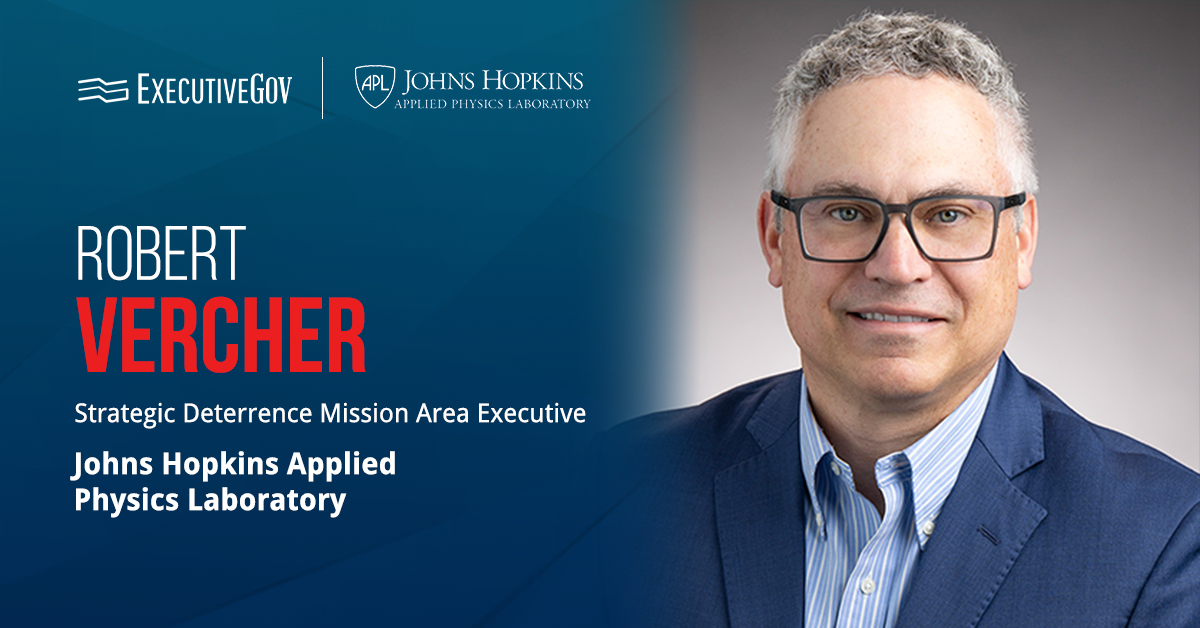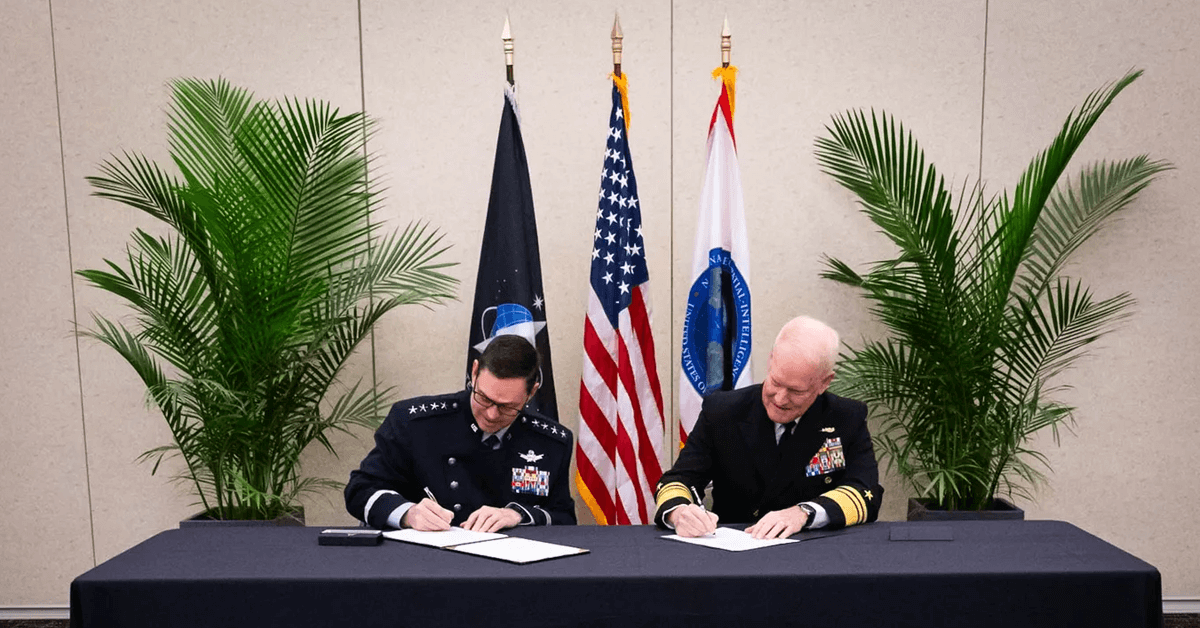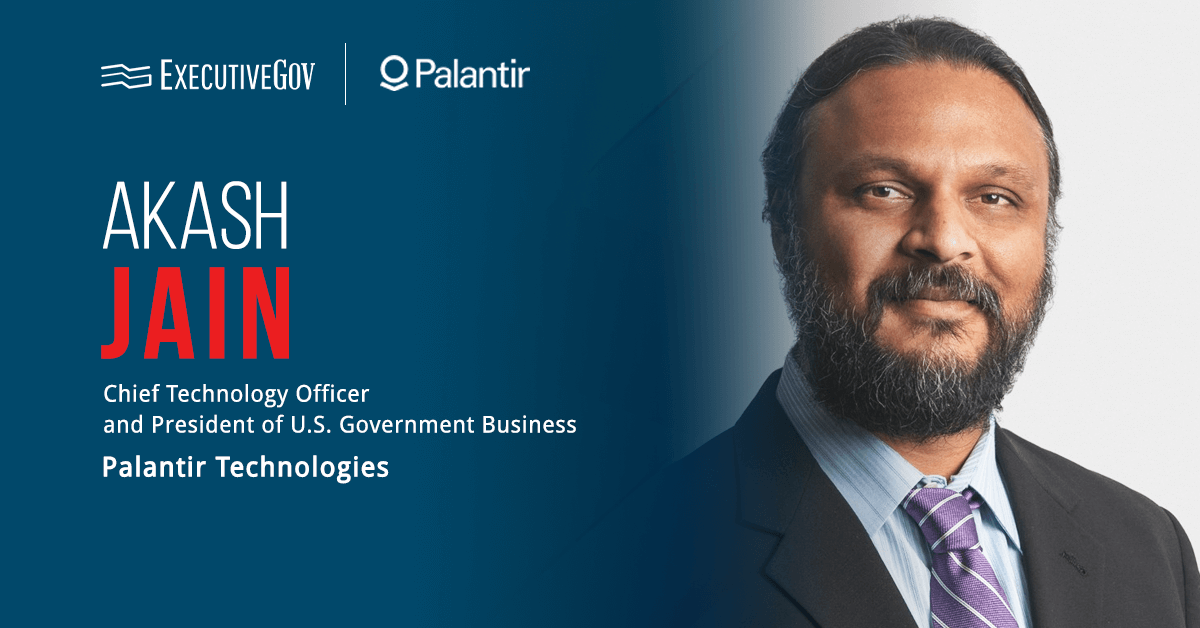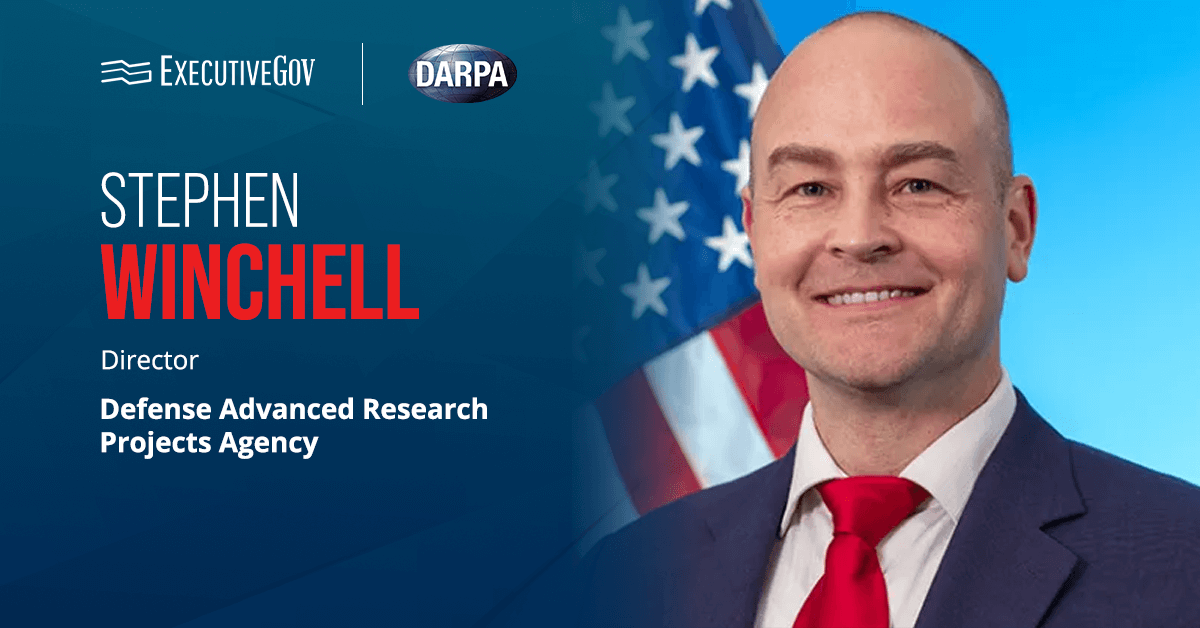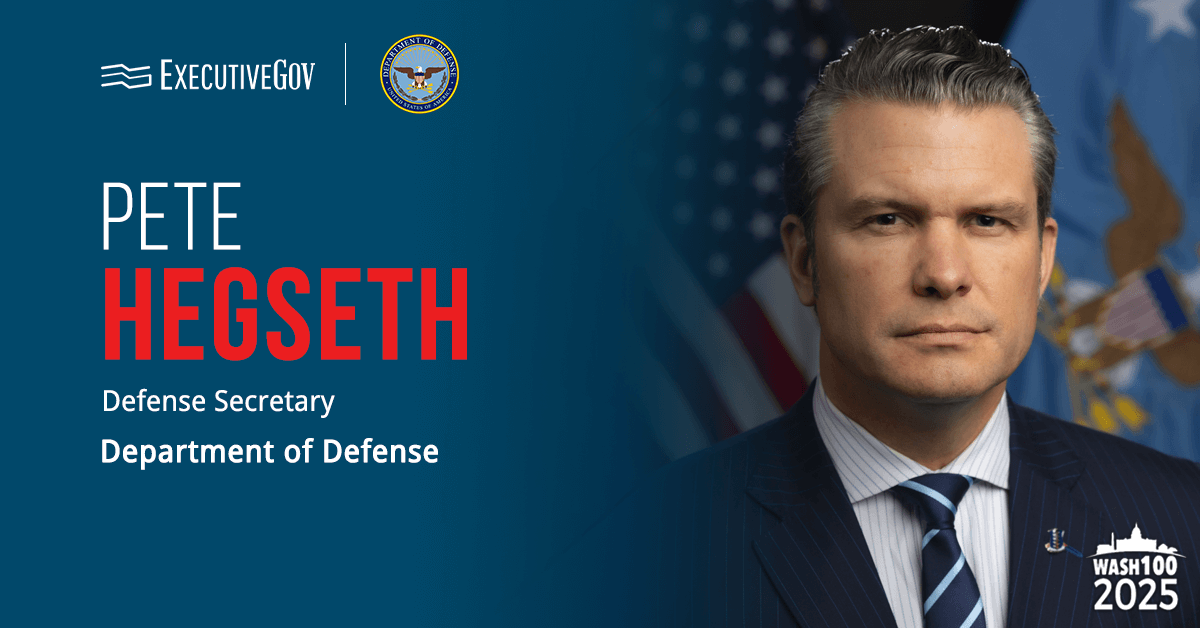Robert Vercher has assumed new responsibilities as the strategic deterrence mission area executive at Johns Hopkins Applied Physics Laboratory. APL said Wednesday that Vercher will ensure the delivery of key engineering and technical capabilities, analyses and evaluations to the U.S. Navy and Air Force.
“It’s a privilege to lead such a talented team at the forefront of the nation’s nuclear modernization programs, and I am proud to build on the vital contributions that our mission area has delivered for many decades,” the executive commented.
The strategic deterrence mission area works with the U.S. government and industry to evolve legacy systems and capabilities to better meet the needs of current and future threats.
Vercher succeeds Steve Lewia, who led the lab’s strategic deterrence mission area for nearly 10 years.
Who Is Robert Vercher?
The executive joined APL in 2016 as an analyst for nuclear command, control and communications. More recently, he served as the laboratory’s Air Force strategic systems program area manager, where he was involved in key military initiatives such as the Sentinel weapon system.
Before APL, Vercher was a missile and space officer for the U.S. Air Force. Throughout his 24 years of service, he had multiple leadership positions, including as commander of an intercontinental ballistic missile wing and deputy director of mission assessment and analysis for U.S. Strategic Command.
“Rob possesses a rare combination of technical expertise, operational experience and strategic vision that positions him to excel in this critical role,” Lisa Blodgett, head of force projection sector at APL, stated. “With his exceptional leadership abilities, I am confident he will inspire and effectively lead high-performing teams, strengthening APL’s commitment to strategic deterrence and continuing to advance our mission to support the warfighter.”


